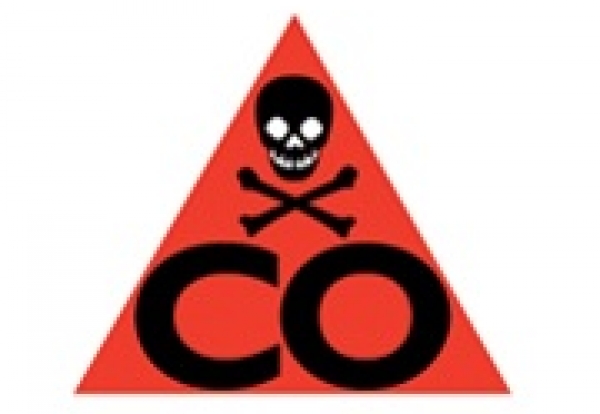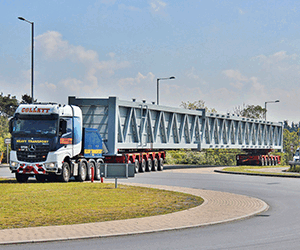The men were part of a five-strong team working in an asbestos enclosure on a demolition site in Huddersfield in November 2009.
After working for 90 minutes, each left the enclosure to go one at a time through a three-stage decontamination unit (DCU).
Huddersfield Magistrates’ Court heard the workers would begin at the ‘dirty end’ of the DCU and dispose of overalls, enter a second stage including showers and washing of their respiratory equipment, before the final ‘clean’ section to finish and change into normal clothes.
The Health and Safety Executive prosecuting told the court the first two workers passed through each of the stages successfully but the next three men were nearly overcome by dizziness and nausea.
All three were sent to hospital where tests showed they had suffered carbon monoxide poisoning.
The three workers, Richard McKearnen, 59, Tony Deakin, 50, and Paul Wainwright, 49, all from Sheffield, were treated with high-flow oxygen therapy at Huddersfield Royal Infirmary and released later the same day.
The court heard the DCU used a gas boiler to provide hot water for the shower. HSE tests on the boiler showed poor maintenance meant it was pumping out high levels of carbon monoxide.
A door seal and lock between the boiler compartment and ‘clean’ sections of the unit were damaged, leading to poisonous gases being drawn into the clean end.
The contractor and owner of the DCU, Newlincs Services Ltd, of Dudley Street, Grimsby, pleaded guilty to safety breaches and was fined £5,000 and ordered to pay £3,580 in costs.
Inspector David Stewart, who investigated the case for the HSE, said: “Carbon monoxide can be a silent killer in the home and, as this case demonstrates, also in the workplace.
“It is essential that any appliances such as gas boilers and heaters, which can generate this gas, are maintained on a regular basis to ensure they are operating efficiently and safely.
“Even though these three men spent a relatively short time in the affected part of the decontamination unit, they were left seriously nauseous and dizzy. The consequences of longer exposure could have been fatal.
“A carbon monoxide alarm is effective as a last line of defence but is not a substitute for proper maintenance.”
























































.gif)
